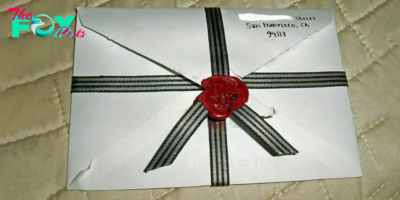Lifestyle
Pay attention to this date from now on. It’s not an ordinary expiration date. After working for years and years in grocery stores, I see that most people just randomly buy eggs without really noticing this detail
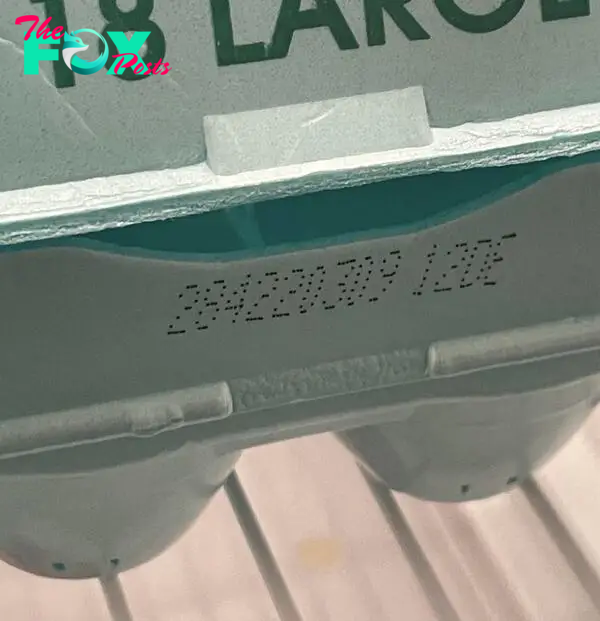
For me and I’m sure many other egg lovers, there’s a certain satisfaction in cracking an egg. Eggs are always on my menu, whether I’m making a simple fried rice dish for dinner or a fluffy omelet for morning. I usually purchase them from the store, packed in those familiar boxes, but sometimes I acquire them at the farmer’s market. As time went on, I came to understand that cracking the codes on these boxes is a necessity rather than just an interest.
Have you ever wondered what the numbers on an egg carton meant when you looked at them? Even though those numbers appear to be some sort of code, once you know what they stand for, they are quite simple to comprehend. So, let me to clarify, shall we?The Julian Date is the birthday of your egg.First, there is the three-digit code, which appears to be made up of a random assortment of digits. The Julian date is a reference to the precise day of the year that the eggs were packaged. There are 365 days in a Julian calendar. For example, the code 001 indicates that the eggs were graded on January 1st if you observe it on the carton. A 365 code denotes December 31st. Seems very straightforward, doesn’t it?I can still clearly remember my initial experience with this. As I was examining an egg carton in my kitchen, I had the impression of Sherlock Holmes cracking a case. “Well, these eggs date back to March 15th,” I mused to myself, feeling somewhat smug. It’s similar like having the password to a select group of ardent egg enthusiasts.The Source of Your Eggs: The Packaging Plant CodeYou might see a code next to the Julian date that starts with the letter “P.” This is the plant code, and it tells you where the eggs were processed. In the event that eggs are recalled, this information is quite helpful. Knowing the plant code can help you determine whether the recall applies to your particular carton. It is a minor detail, but it makes a big difference in guaranteeing the safety of the eggs you eat.Why This Is Important. I know you’re probably wondering why any of this matters. What use does it serve to know the plant code and the Julian date? Alright, let me clarify this for you.Due to salmonella infection, there was a massive egg recall a few years ago. I had bought a few cartons from the supermarket, so I can remember it like it was yesterday. I wondered if the eggs in my refrigerator were among those being recalled, and I started to panic. But then I recalled the Julian date and the plant code. When I looked around and saw they were safe, I sighed with relief.
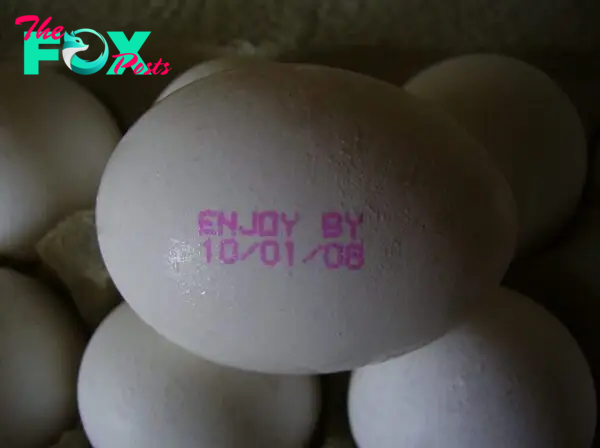
Eggs Lose Their Freshness and Expiration Over Time
The way the eggs are handled to ensure freshness is another crucial aspect of these standards. As long as they are stored properly, eggs can be consumed up to 30 days after the date they were packaged. This is where the Julian date comes in handy.After I come home from the supermarket, I’ve developed the habit of looking up the Julian date. It resembles a little ceremony. I take note of the date, conduct a quick arithmetic calculation, and keep track of when to use them up. It’s an easy way to make sure I always have fresh eggs, which makes a big difference in the dish’s flavor.Safety and Quality: More Than Just DatesTo ensure that you receive the tastiest eggs, there’s more to it than just knowing the Julian date and plant code. If you’re looking for anything specific, you may also search for additional markings on the carton, such the USDA grade shield and the terms “pastured” or “organic.”The fact that eggs with the USDA grade mark have undergone quality inspection and meet specific requirements is another benefit of purchasing them. The best eggs, grade AA, have solid yolks and thick whites, making them ideal for poaching or frying. Even though Grade A eggs are marginally less solid than Grade AA eggs, they are still excellent for baking and cooking.
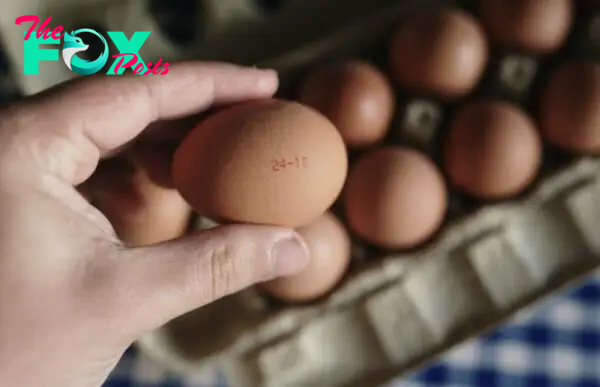
Pastured and Organic EggsIf you enjoy eggs from hens that are allowed to roam freely, you might want to search for phrases like “pastured” or “organic.” Chickens that are fed organic feed and do not receive antibiotics are the source of organic eggs. Eggs without cages are produced by hens that are free to roam around and consume real food, which enhances the flavor of the eggs.Allow me to explain how, for me, all of this information came to be. During a Saturday morning, I made an omelet. I reached for the egg carton, saw the Julian date printed on it, and was relieved to see that the eggs had only been packed a week before. They were flawless and fresh. I broke off a few and placed them in a bowl; their rich, orange yolks suggested that they were fresh.I continued whisking the mixture after adding some milk, salt, and freshly ground pepper. I cracked the eggs into the skillet after melting a dollop of butter and allowing it to froth. After the omelet rose beautifully, I folded it and topped it with the cheese and sautéed mushrooms. Because the eggs were so fresh, I’m confident that the omelet turned out to be the greatest I’d made in a long time.
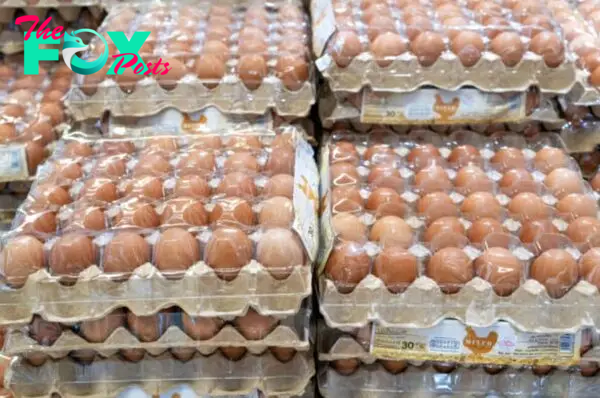
Try to decipher the codes the next time you are holding an egg carton. Knowing the Julian date and the plant code is more than just information; it is a guarantee of the quality and safety of the eggs you eat. You may improve your egg talents by knowing what those numbers represent, whether you’re scrambling eggs in the morning or baking a cake in the evening.As it turns out, it’s a fun but tiny part of the culinary experience. Who wouldn’t want to have breakfast and learn something new?
The fishing trip my wife took marked the beginning of the end for our marriage
When the trust is broken, nothing can ever be the same.
Mark started raising suspicions when his wife Lisa decided to take solo fishing trips. Somehow, Mark knew that this need to spend time away from him had something to do with their neighbor Sam, who was also an affectionate fisherman.
One day, Lisa posted what seemed like an innocent photo online, but there was something on it that convinced Mark that he had all the right to suspect his wife was involved with Sam.
On the photo, Lisa was proudly holding a branded fishing rod that Mark knew belonged to Sam. When he confronted his wife, she denied having anything to do with their neighbor and claimed she only borrowed the fishing rod, but Mark’s gut told him she wasn’t telling the truth.

He thought long and hard and realized he couldn’t get over the fact that his trust in his wife was completely shaken. He pondered the importance of transparency in a relationship and knew it lacked from his and his wife’s.
Eventually, he decided to file for divorce.
Lisa’s photo marked the beginning of the end of their relationship and became the catalyst for the collapse of their trust.
This story is yet another proof that marital bonds can be broken easily when there are hidden truths between the partners.
Please SHARE this article with your family and friends on Facebook.
-

 Lifestyle24m ago
Lifestyle24m agoBollywood hit 'Biwi No. 1' set to re-release in theatres | The Express Tribune
-

 Lifestyle24m ago
Lifestyle24m agoThe arena roars again | The Express Tribune
-

 Lifestyle4h ago
Lifestyle4h agoFans react after single Kim Kardashian hangs out with $30K Tesla robot: Low-maintenance boyfriend.cau
-

 Lifestyle4h ago
Lifestyle4h agoElon Musk: 53-Year-Old Welcomes Twelfth Member to His Growing Family and Everyone Says So.cau
-

 Lifestyle5h ago
Lifestyle5h agoGREAT FOOD HALL debuts “Food x Art” concept for 25th anniversary celebrations
-

 Lifestyle6h ago
Lifestyle6h agoAishwarya Rai celebrates Aaradhya's 13th birthday, Abhishek's absence fuels speculation | The Express Tribune
-

 Lifestyle6h ago
Lifestyle6h agoWATCH: Alizeh Shah faces backlash over social media post | The Express Tribune
-

 Lifestyle10h ago
Lifestyle10h agoRevealing the Story of the Legendary Michael Jordan: At 21, He Bought 7 Supercars in One Day and Gave Away 6 for Just One Reason.Linh


